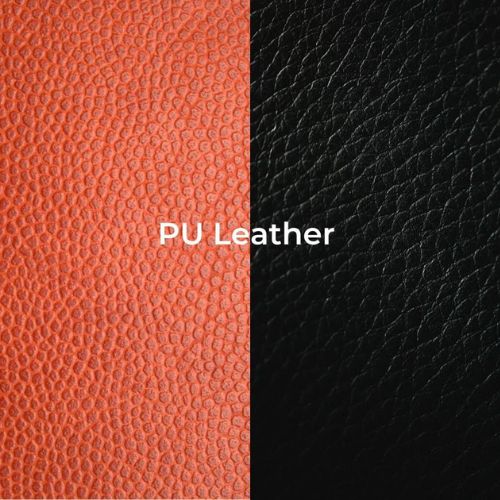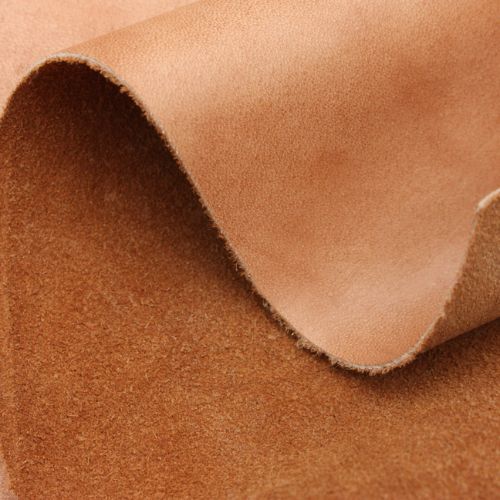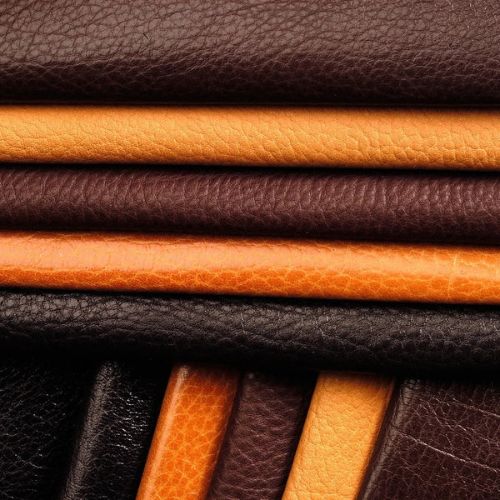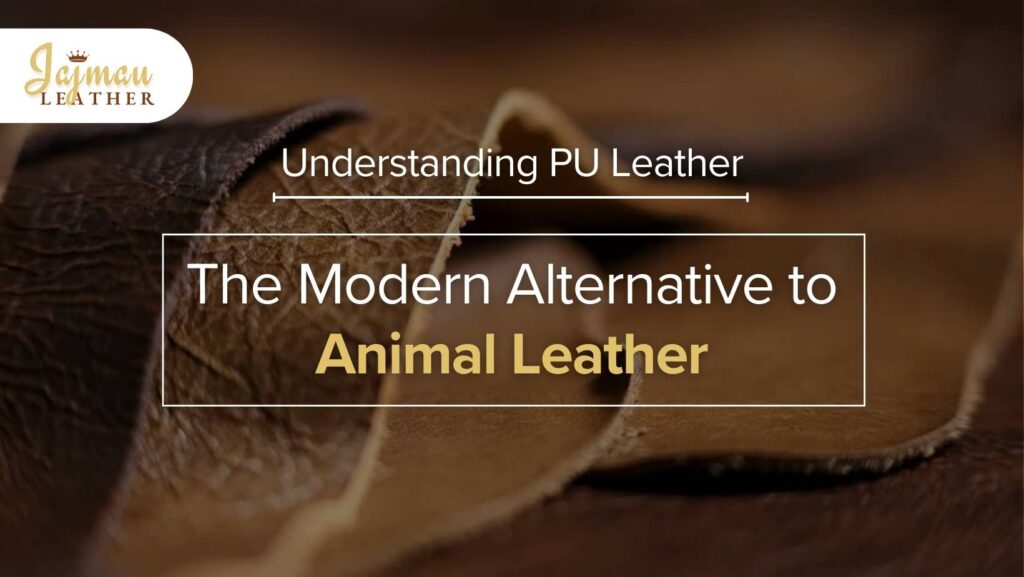In recent years, both the fashion and furniture industries have seen a growing demand for eco-friendly and ethically sourced materials. One standout option that is gaining significant popularity is PU leather.

This synthetic alternative to traditional leather is appealing to consumers who are looking for vegan and environmentally conscious products. In this article, we’ll take a closer look at this leather, examining its key characteristics, benefits, potential drawbacks, and its overall impact on both the environment and the fashion world.
What is PU Leather?
PU leather, or polyurethane leather, is a synthetic material made by applying a layer of polyurethane to a base layer like cotton, polyester, or shredded leather. This innovative material is designed to mimic the texture and appearance of animal leather but comes with a host of unique properties that make it an attractive alternative.
Characteristics
One of the most appealing aspects is its versatility. It can be manufactured in various colors and patterns, and its surface can be treated to resemble the look and feel of genuine leather closely. Moreover, it boasts practical benefits such as water resistance and ease of cleaning, making it a popular choice for furniture, shoes, bags, and clothing.
Advantages
Affordability: It is generally more cost-effective than genuine leather, making it accessible to a broader audience.
Ethical Production: It is an appealing option for those seeking to avoid animal products, aligning with vegan values and ethical fashion choices.

Low Maintenance: Its stain resistance and easy-to-clean surface offer practical advantages over traditional leather.
Disadvantages
Durability Issues: Despite its strengths, it doesn’t quite match the longevity of genuine leather and may show signs of wear, such as cracking or peeling over time.
Environmental Concerns: Although it’s marketed as a more sustainable option, the production and disposal of PU leather raise questions due to its plastic content.
Lack of Natural Aging: Unlike genuine leather, it doesn’t develop a patina or improve with age, which can be a downside for enthusiasts of natural materials.
Environmental and Ethical Considerations
The environmental impact of artifical leather is nuanced. On one hand, it eliminates the need for animal hide, a process often criticized for its ethical and environmental drawbacks.

On the other, its reliance on plastic raises concerns about pollution and sustainability. The balance between these factors is crucial in evaluating PU leather’s ecological footprint.
The Future in Fashion and Beyond
As technology continues to evolve, there’s growing potential for improvements in the sustainability and durability of this leather, making it an increasingly appealing choice for both consumers and manufacturers.Its presence in the fashion industry is expanding, with more designers and brands embracing this material in response to the rising demand for ethical, eco-friendly, and stylish alternatives.

.
This leather is becoming a key player in shaping the future of fashion, offering a versatile option that meets the needs of conscious consumers without compromising on style.
FAQs | What Is PU Leather
Q.1 Is this leather good quality?
This leather can be good quality, but it depends on how it’s made. It’s often durable, looks like real leather, and is easier to maintain, but it might not last as long as genuine leather.
Q.2 What does this leather mean?
This leather stands for Polyurethane leather, which is a synthetic material made to look like real leather but without using animal products.
Q.3 What is the disadvantage of this leather?
The main disadvantage of PU leather is that it can wear out or crack over time, especially if it’s exposed to too much heat or sunlight. It’s also not as durable as real leather.
Q.4 What is the best leather quality?
The best quality leather is typically full-grain leather, as it uses the entire hide and is the most durable, with a natural texture that gets better with age.
Q.5 Does this leather crack?
Yes, this leather can crack if it’s not cared for properly or exposed to extreme conditions like too much sun or heat.
Q.6 How to clean polyurethane leather?
To clean polyurethane leather, wipe it with a soft cloth and mild soap solution. Avoid using harsh chemicals, and make sure it’s dry after cleaning to keep it from getting damaged.
Q.7 What is cow leather?
Cow leather is leather made from the hide of cows. It’s one of the most common types of genuine leather used in products like shoes, bags, and furniture.
Q.8 Why does polyurethane leather smell?
polyurethane leather can have a smell due to the chemicals used in its production, especially right after it’s made. The smell usually fades over time.
Conclusion | What Is PU Leather
In conclusion, PU leather stands as a modern, ethical alternative to traditional animal leather, combining style, practicality, and conscious production. Although it faces challenges in terms of durability and environmental impact, its benefits make it a strong contender in the pursuit of more sustainable materials. As technology and production methods continue to evolve, This leather has the potential to play a pivotal role in fostering responsible consumption and shaping industry practices toward a more sustainable future.
Also Read : Finding the Perfect Match: The Best Leather Belt Watch for Every Style

